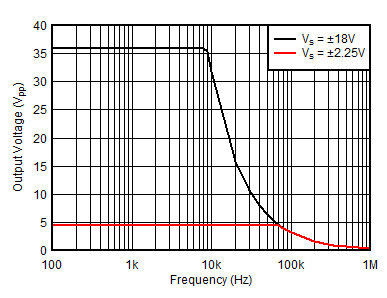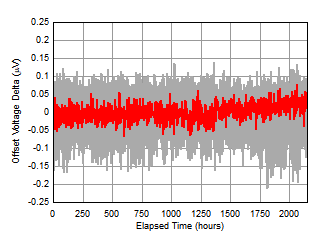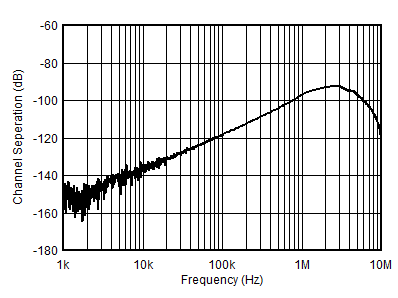SBOS830I September 2017 – October 2021 OPA189 , OPA2189 , OPA4189
PRODUCTION DATA
- 1 Features
- 2 Applications
- 3 Description
- 4 Revision History
- 5 Device Comparison Table
- 6 Pin Configuration and Functions
- 7 Specifications
- 8 Detailed Description
- 9 Application and Implementation
- 10Power Supply Recommendations
- 11Layout
- 12Device and Documentation Support
- 13Mechanical, Packaging, and Orderable Information
Package Options
Mechanical Data (Package|Pins)
Thermal pad, mechanical data (Package|Pins)
- DGK|8
Orderable Information
7.8 Typical Characteristics
at TA = 25°C, VS = ±18 V, VCM = VS / 2, RLOAD = 10 kΩ connected to VS / 2, and CL = 100 pF (unless otherwise noted)
Table 7-1 Typical Characteristic Graphs
| DESCRIPTION | FIGURE |
|---|---|
| Offset Voltage Production Distribution | Figure 7-1 |
| Offset Voltage Drift Distribution From –40°C to 125°C | Figure 7-2 |
| Input Bias Current Production Distribution | Figure 7-3 |
| Input Offset Current Production Distribution | Figure 7-4 |
| Offset Voltage vs Temperature | Figure 7-5 |
| Offset Voltage vs Common-Mode Voltage | Figure 7-6 |
| Offset Voltage vs Supply Voltage | Figure 7-7 |
| Open-Loop Gain and Phase vs Frequency | Figure 7-8 |
| Closed-Loop Gain vs Frequency | Figure 7-9 |
| Input Bias Current vs Common-Mode Voltage | Figure 7-10 |
| Input Bias Current and Offset vs Temperature | Figure 7-11 |
| Output Voltage Swing vs Output Current (Sourcing) | Figure 7-12 |
| Output Voltage Swing vs Output Current (Sinking) | Figure 7-13 |
| CMRR and PSRR vs Frequency | Figure 7-14 |
| CMRR vs Temperature | Figure 7-15 |
| PSRR vs Temperature | Figure 7-16 |
| 0.1-Hz to 10-Hz Voltage Noise | Figure 7-17 |
| Input Voltage Noise Spectral Density vs Frequency | Figure 7-18 |
| THD+N Ratio vs Frequency | Figure 7-19 |
| THD+N vs Output Amplitude | Figure 7-20 |
| Quiescent Current vs Supply Voltage | Figure 7-21 |
| Quiescent Current vs Temperature | Figure 7-22 |
| Open-Loop Gain vs Temperature (10-kΩ) | Figure 7-23 |
| Open-Loop Gain vs Temperature (2-kΩ) | Figure 7-24 |
| Open-Loop Output Impedance vs Frequency | Figure 7-25 |
| Small-Signal Overshoot vs Capacitive Load (10-mV Step) | Figure 7-26 |
| No Phase Reversal | Figure 7-27 |
| Positive Overload Recovery | Figure 7-28 |
| Negative Overload Recovery | Figure 7-29 |
| Small-Signal Step Response (10-mV Step) | Figure 7-30, Figure 7-31 |
| Large-Signal Step Response (10-V Step) | Figure 7-32, Figure 7-33 |
| Settling Time | Figure 7-34 |
| Short-Circuit Current vs Temperature | Figure 7-35 |
| Maximum Output Voltage vs Frequency | Figure 7-36 |
| EMIRR vs Frequency | Figure 7-37 |
| OPA189 Long-Term Drift | Figure 7-38 |
| OPA2189 Long-Term Drift | Figure 7-39 |
| Channel Separation | Figure 7-40 |
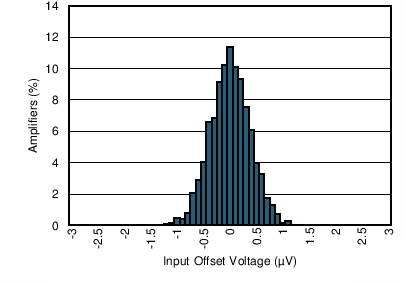
| µ = 46.67 nV | σ = 374.5 nV | N = 2554 |
| VOS (maximum) = ±3 µV | ||
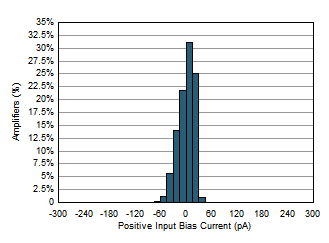 Figure 7-3 Input Bias Current Production Distribution
Figure 7-3 Input Bias Current Production Distribution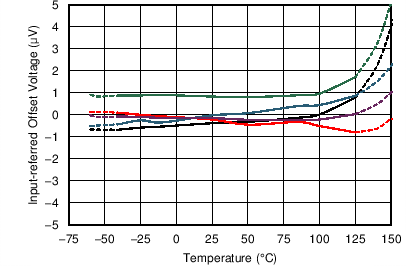
| 5 Typical Units |
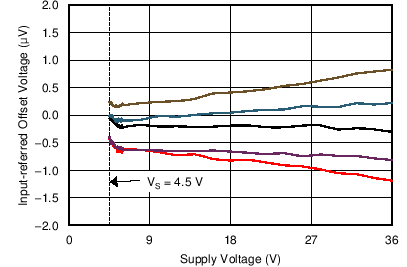
| 5 Typical Units |
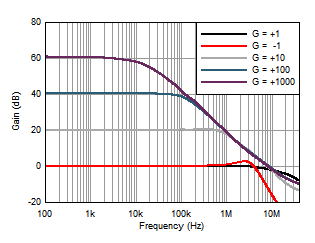
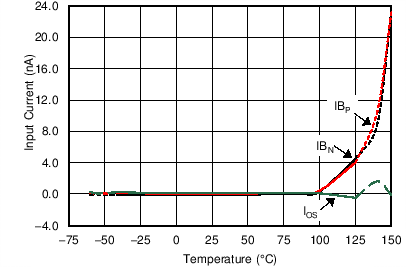
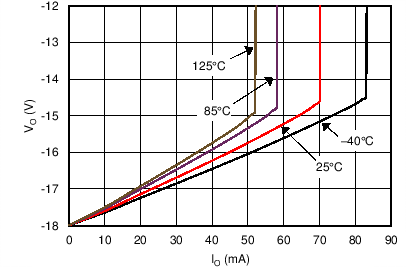
| Sinking |
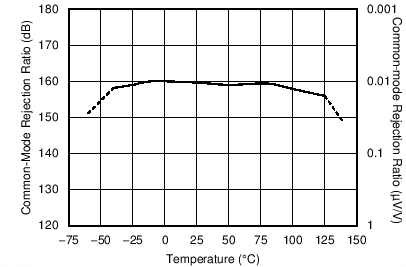
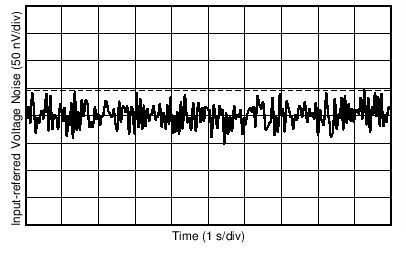
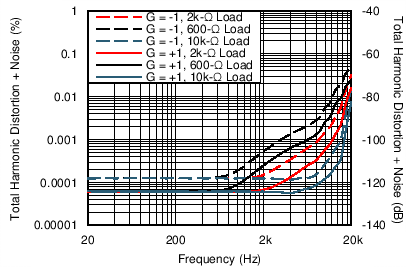
| VOUT = 3.5 V | VRMS, BW = 90 kHz |
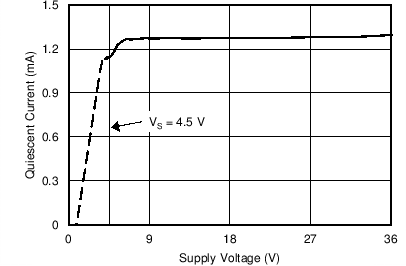
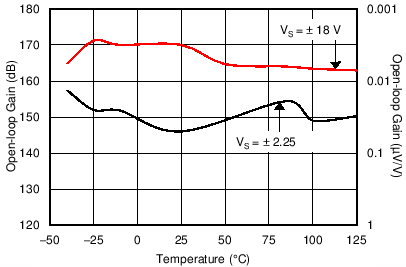
| 10-kΩ Load |
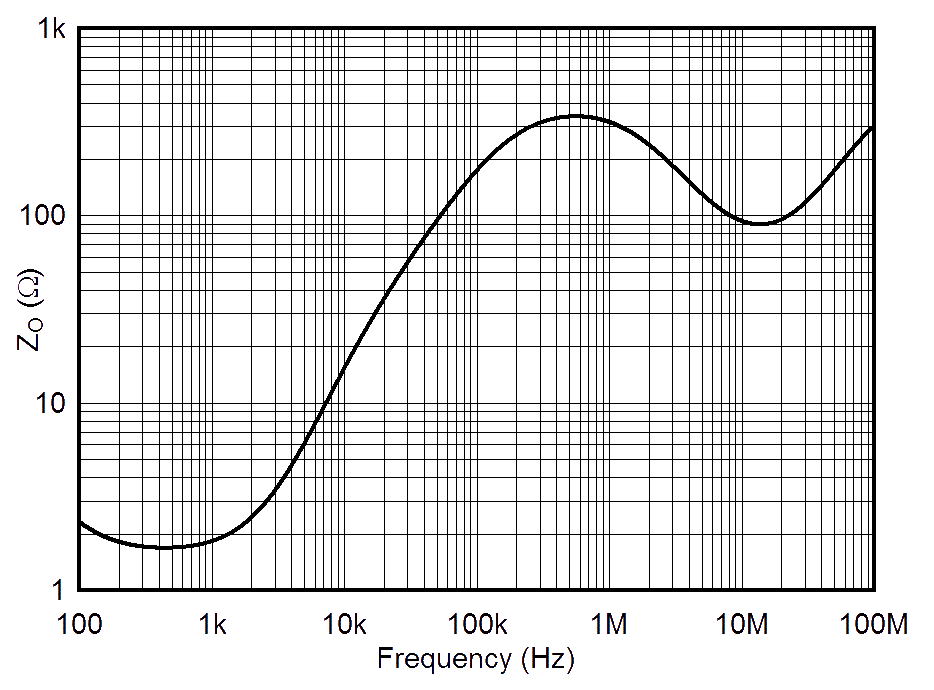
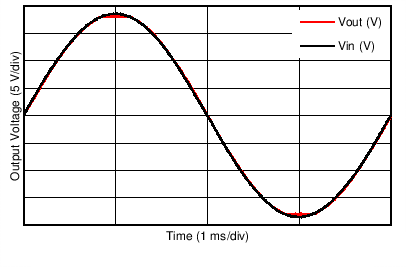
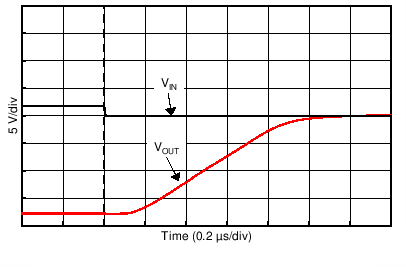
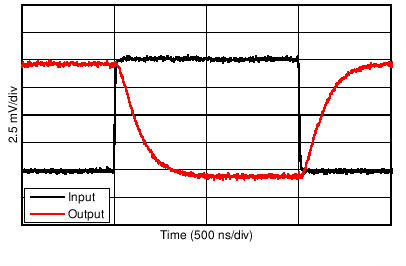
| 10-mV Step | G = –1 |
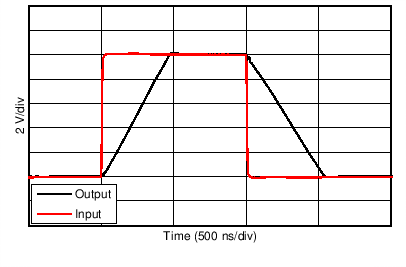
| 10-V Step | G = +1 |
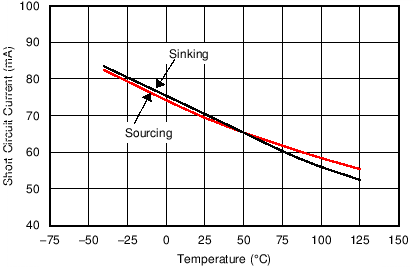
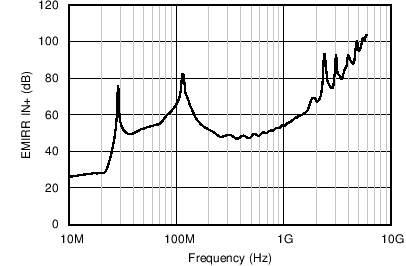
| PRF = –10 dBm |
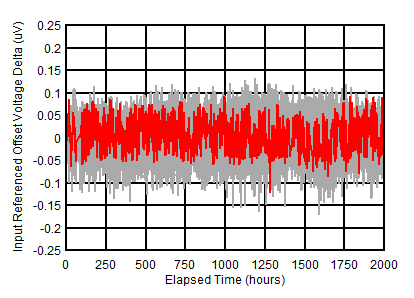
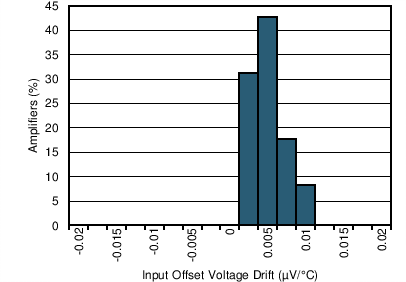
| µ = 2.83 nV/°C | σ = 2.78 nV/°C | N = 96 |
| dVOS / dT (maximum) = ±0.02 µV/°C | ||
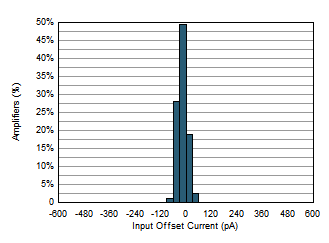 Figure 7-4 Input Offset Current Production Distribution
Figure 7-4 Input Offset Current Production Distribution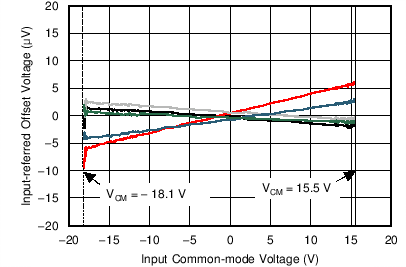
| 5 Typical Units |
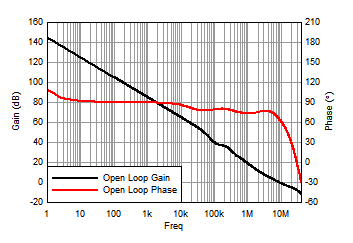
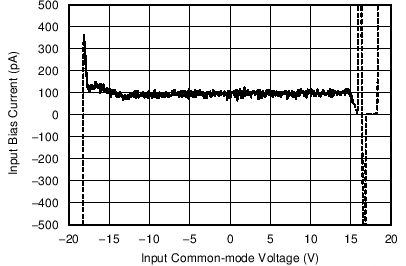
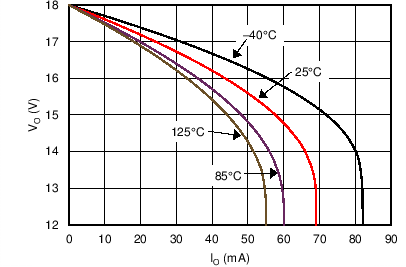
| Sourcing |
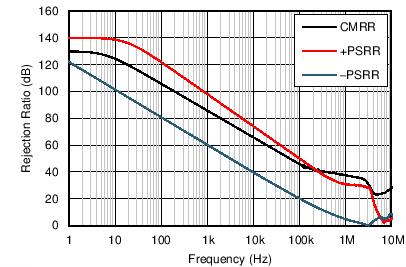
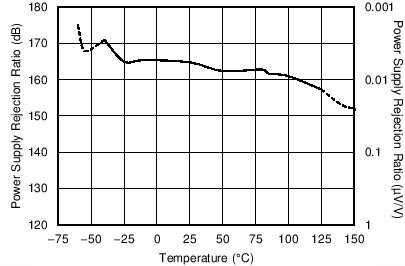
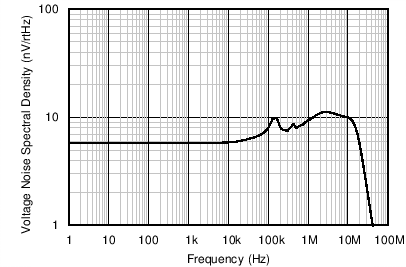
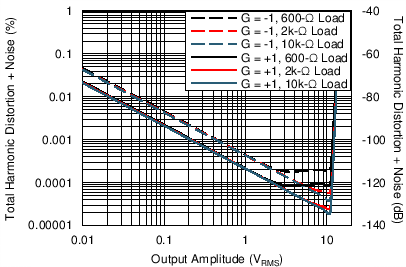
| f = 1 kHz, | BW = 90 kHz |
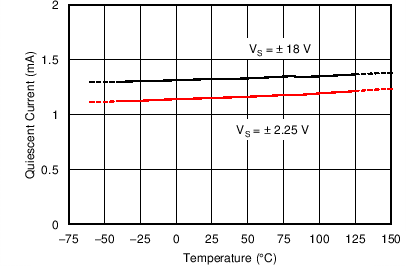
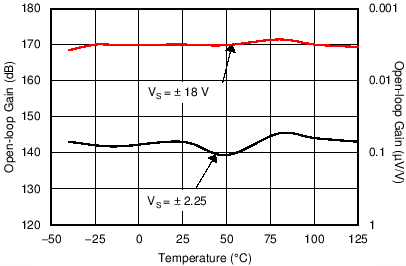
| 2-kΩ Load |
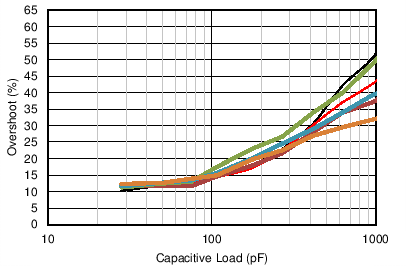
| 10-mV Step |
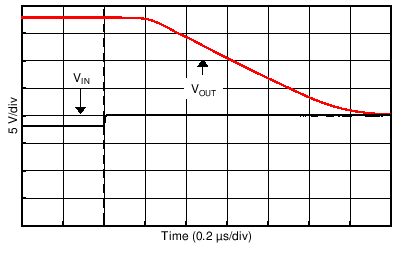
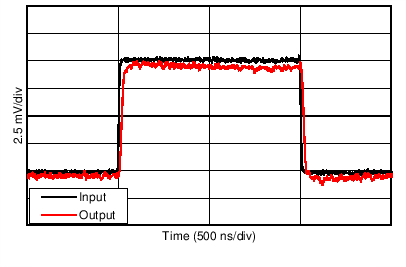
| 10-mV Step | G = +1 |
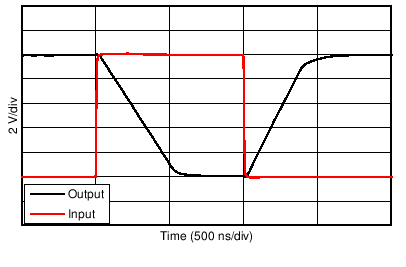
| 10-V Step | G = –1 |
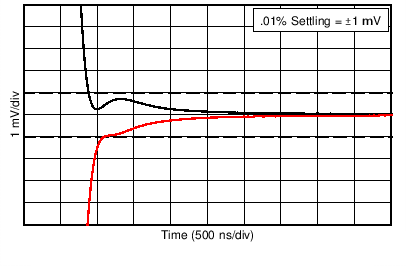
| 10-V Step |
